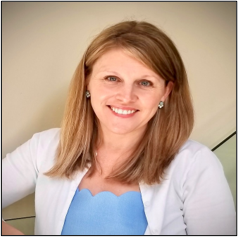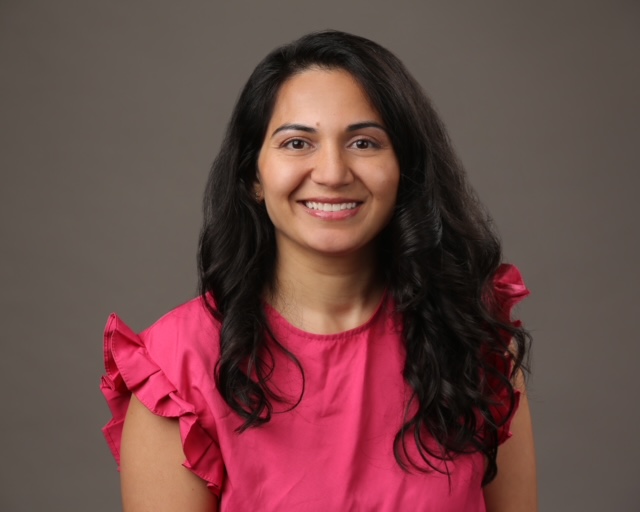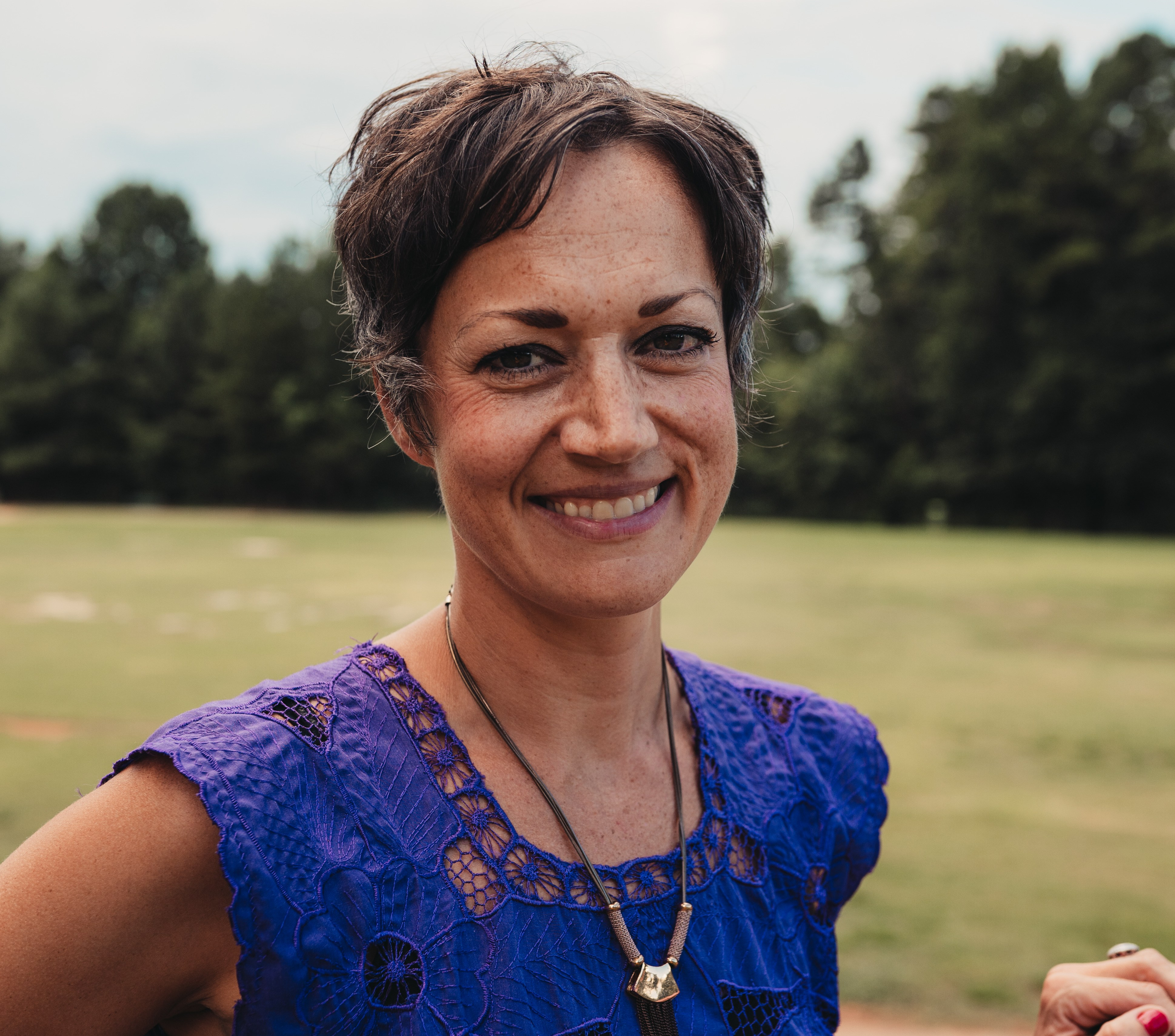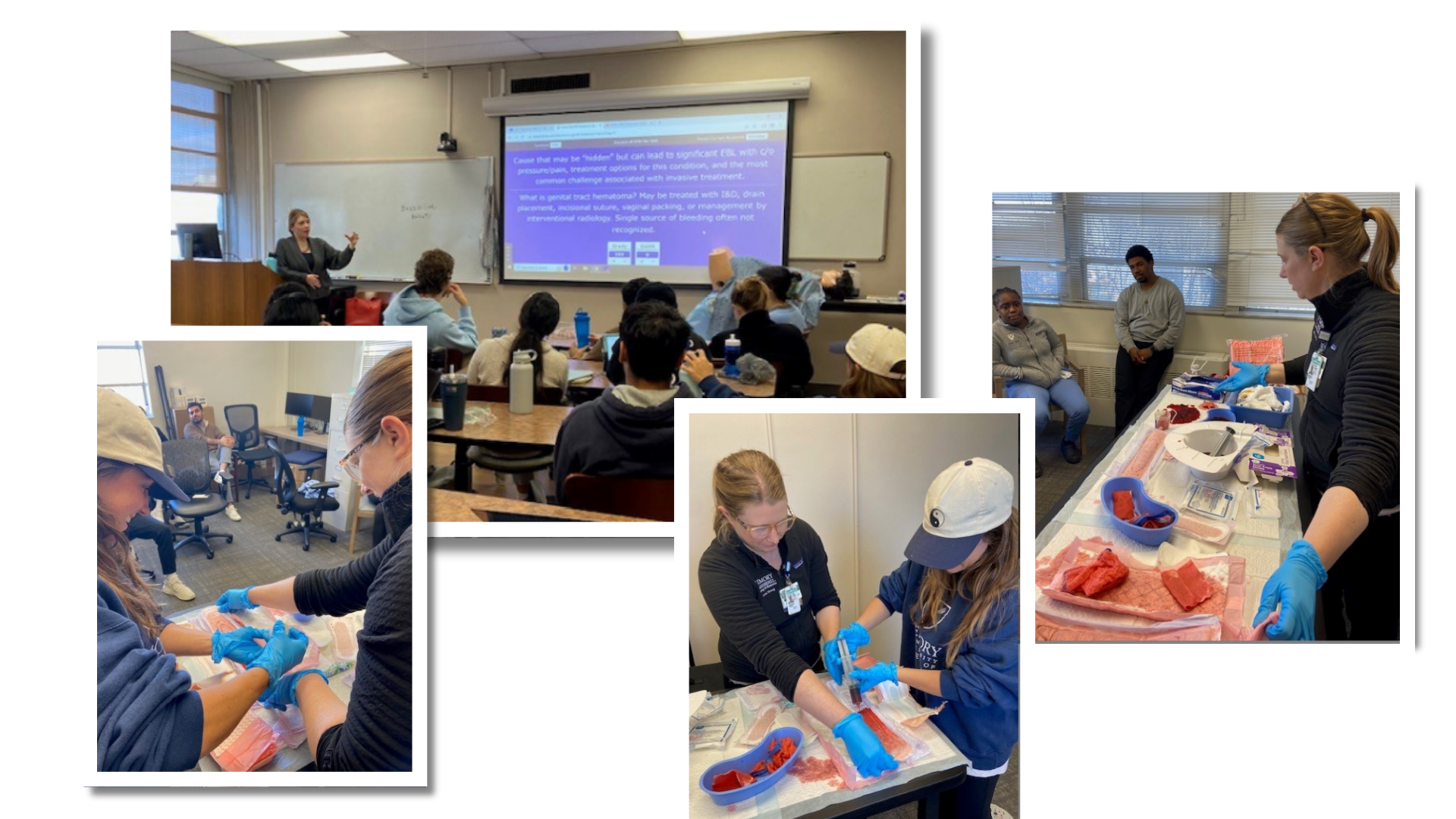Welcome to the Department of Gynecology and Obstetrics Undergraduate Medicine program. The Doctor of Medicine program at Emory University School of Medicine is divided into several phases over four years. During these four years of undergraduate medical education, there are several avenues for students to explore and engage in clinical, volunteer, and research opportunities. We are excited to help students find their path to an exciting career in Gynecology and Obstetrics.
To highlight some of these many opportunities (see links below), students can take leadership roles and volunteer at the student-run Harriet Tubman clinic, working with underserved women in our communities. There are also several OBGYN-related student interest groups where students can explore the many facets of our field. For people interested in advocacy work around women’s health, there are roles at the state and national level to work with groups like the American College of Obstetricians and Gynecologists (ACOG) or Georgia OBGyn Society (GOGS). Additionally, for those interested in clinical, pre-clinical, and translational research in women’s health, there are a wealth of projects available in both the M1 and M2 years, in addition to options for Discovery Projects. We also highlight our Near Pear Educators – senior medical students who take on leadership and mentorship roles to help all our medical students learn about obstetrical and gynecological care and all the many reasons to consider a career in Gynecology and Obstetrics.
Feel free to contact our clinical coordinator, Kelly Poptanycz, or myself with any questions about any of these opportunities.
Meet the Team
 |
 |
 |
|
Dr. Megan Lawley Director, Medical Student |
Dr. Sejal Tamakuwala Associate Clerkship |
Kelly Poptanycz Senior Program Coordinator |
M3 OBGYN Didactics and Simulation
Medical students find participation in OBGYN didactics and simulations enjoyable and valuable for their learning. For instance, they engage in scenarios such as postpartum hemorrhage jeopardy, where they develop critical decision-making skills under pressure, and estimated versus quantitative blood loss simulations, which highlight the importance of accurate assessments during emergencies. These hands-on experiences shape undergraduate medical students into adept future healthcare professionals.


